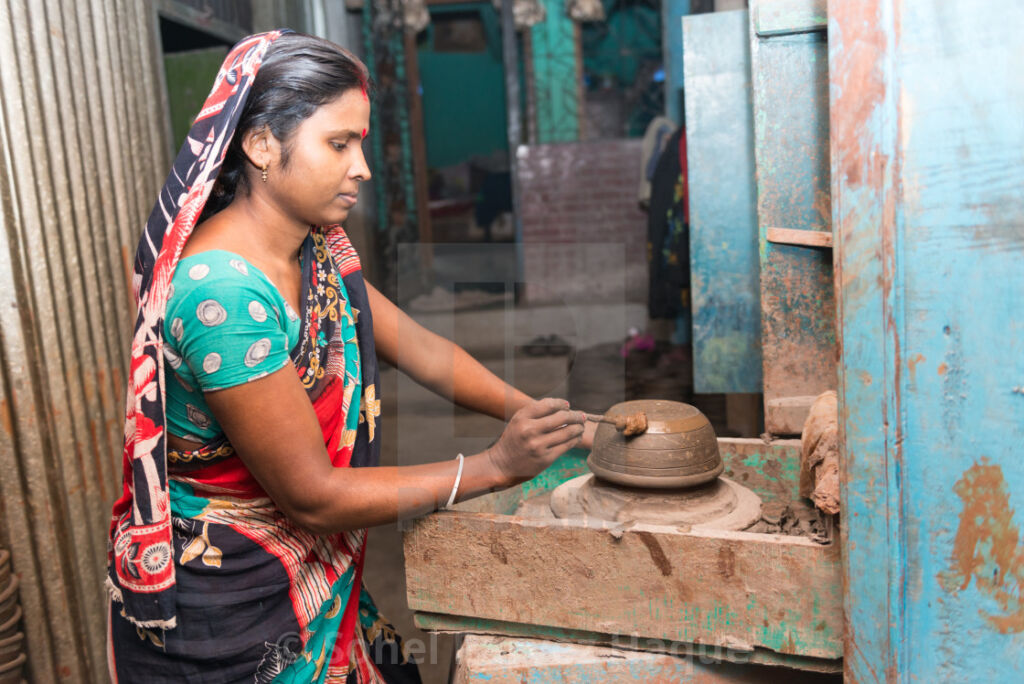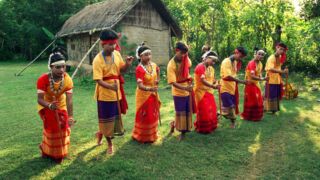
Bangladesh has a long history of potter and has some amazing pottery artists, many of them located in the same region. For our tour we’ll go to Kakran, which we’ll reach by boat. We’ll visit the pottery village, participate in a pottery workshop and will then go to Nayerhat Bazar and finally Nabinagar where we’ll have lunch. After we’ll go to Dhamrai to see metal craft workshops to see how the locals make brass and bronze statues.
Kakran is a small village located in the northeastern part of Pakistan, known for its rich pottery tradition. The village is situated in the Khyber Pakhtunkhwa province, and its pottery tradition dates back centuries. The people of Kakran have been making pottery using traditional methods and techniques, passing them down from one generation to the next.
The pottery of Kakran is made using locally sourced clay, which is first kneaded and then molded by hand into various shapes and sizes. The pottery is then dried in the sun and fired in kilns, which are made using locally sourced materials. The kilns used in Kakran are unique, as they are built into the ground and covered with mud and straw, creating an environment that is conducive to firing pottery.
The pottery of Kakran is known for its intricate designs and vibrant colors. The potters of Kakran use a variety of techniques to decorate their pottery, including carving, painting, and glazing. The pottery is used for a variety of purposes, including cooking, storage, and decoration.
The village of Kakran is home to many skilled potters who continue to practice this traditional craft. However, the pottery tradition of Kakran is facing challenges due to the availability of mass-produced pottery and the decline in the demand for handmade pottery. Efforts are being made to promote the pottery of Kakran and to preserve this unique cultural heritage.
The pottery village of Kakran is a testament to the creativity and ingenuity of the people of Pakistan. The pottery of Kakran is not only a source of livelihood for the potters but also a source of pride and identity for the local community. It is a reminder of the importance of preserving traditional crafts and promoting sustainable practices.











